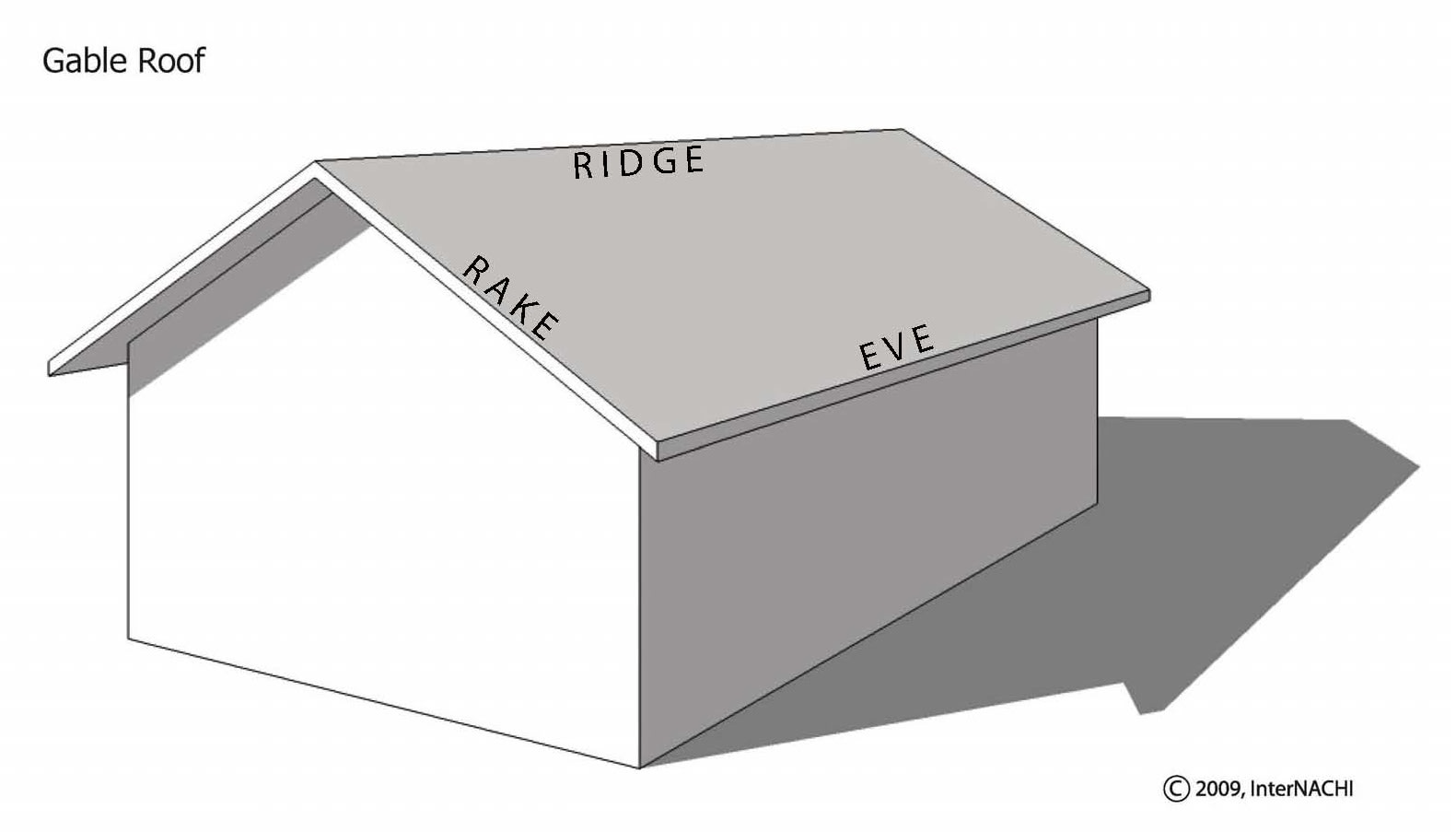
Pros and Cons of Gable Roofs
If you’ve been looking for the right kind of roof, you must have come across the category of Gable roofs. These are the most common variants of roofs available out there for homeowners. But before you settle for a Gable roof you must know certain basic facts and figures about this type of roof. In this article, we will talk to you about some features of these roofs, their advantages, and disadvantages.
What is a Gable Roof?
The style and design of Gable roofs draw inspiration from ancient Roman and Greek architecture. These are very popular amongst homeowners because of its simple design and cost-effectiveness. These roofs are also termed as “pitched roofs”. The structure of these roofs helps in easy drainage of rainwater. There are two steep slopes in a gable roof that meet at the top to form a triangular-shaped structure, which is called a “gable”.
The two sides can be of dissimilar sizes, which mostly depends on the size of the building. There are several types of gable roofs available that differ in their structure, such as front gable roofs, cross gable roofs, Dutch gable roofs, side-gable roofs, and boxed gable roofs.
Pros of Gable Roofs:
- As mentioned earlier, Gable roofs are very easy to build because of its simple shape and design.
- Homeowners have the benefit of getting extra attic space because of the triangular structure at the top of the roof.
- They are common and sturdy. They are easy to fix and install and require little investment in maintenance and repair. For this reason, gable roofs are a very cost-effective choice for local homeowners.
- The steep slopes of gable roofs ensure water run-off and prevent clogging of rainwater on the roof. These roofs also let loads of snow slide down from the top without getting obstructed. All of these features make gable roofs fit for water drainage.
- You are free to use any kind of shingles when it comes to gable roofs, be it clay, wood, or asphalt. Depending upon your specific needs, you can go for the materials of your choice.
Cons of Gable Roofs:
- Gable roofs cannot withstand very high wind speeds so if you’re living in a hurricane-prone region, these roofs might not be your safest choice. These roofs are prone to wind damage and strong winds can also result in roof peel-off.
- These roofs have very narrow pitch angles can cut down on your upper floor surface area. You might get a sense of being cramped with low breathability and light due to its narrow upper floor.
- These roofs are easy to install but if they are not installed by a professional, there are risks of roof collapse. Gable roofs need added support to prevent structural collapse and this can only be done by a trained and skilled craftsman.
Gable roofs can last a very long time if appropriate weather conditions are considered and you can receive a warranty ranging from 20-40 years. Considering all these advantages and drawbacks, Gable roofs can still be the right choice for you if you can ensure proper installation and maintenance done at regular intervals. View our recently completed and surveyed customer feedback including some gable roof replacement projects.
